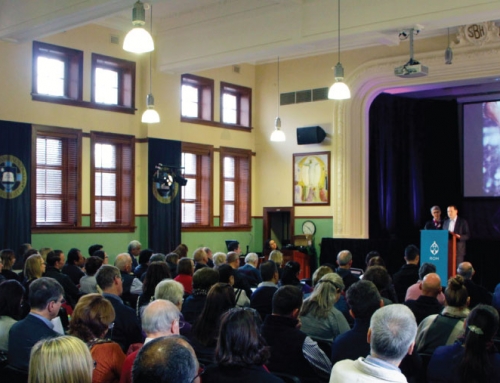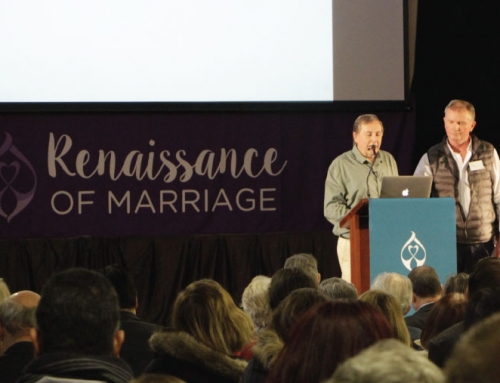In the modern Mating Market every one is a loser.
When it comes to love and the quest to find a life-long mate, it is common to talk of being ‘in the market’. It’s a bit crude but it does reflect the reality of many people’s experience. Like a shopping for a car or a home, there’s research, testing and a process of elimination which can be emotionally draining and hurtful.
Bernard Salt provided some interesting perspectives on this setting in his article in the Australian [March 1, 2012]. Speaking of ‘sheila shortages’ and ‘man droughts’, his basic thesis is that when there is a difference in the numbers of men and women in any one cohort, there is a power imbalance. Salt argues that when men are in oversupply, such as in the 18-30 age group, women have the advantage because there are more men from which to choose. In the 45-60 year old cohort, there is an oversupply of women, hence men are in the position of power in what he colourfully describes as the ‘love and lust market’. Even when taking into account the trend for young women to pair with men on average two years older than them, these imbalances remain.
It’s a good thesis and fits with the intuitive experience of many singles and married alike. However, it fails to take into account that there is not just one ‘love and lust’ (or perhaps more accurately, ‘mating’) market, but rather two markets; the ‘sex’ market and the ‘marriage’ market.
Today most people, unless they have strong religious or ethnic values, begin their ‘mating careers’ in the sex market. Marriage is not on the horizon for this group. As people age, most move into the marriage market, some exiting the sex market altogether, some inhabiting both markets for a period. Of course some, more often men than women, never enter the marriage market at all, preferring instead to stay in the sex market into old age.
Generally, women transition to the marriage market at a younger age than do men, partly due to their natural disposition and partly to the pressures of their ‘biological clock’. Thus the ‘man drought’ in the marriage market is actually much worse than the Salt’s raw numbers based on age and a single mating market model would predict. In addition, older women in the marriage market are further disadvantaged by the fact that men with a mind for family preferentially choose younger, more fertile women. It’s a double whammy and gives rise to a sense of desperation among single women who see their opportunity to marry and have a family get slimmer with every passing year.
But at least women have the upper hand in the sex market, right?
At first glance one might think that an over-supply of men in the sex market gives women the balance of power, making up for the disadvantages they suffer later in the marriage market. But in fact, for many it doesn’t. The sex market is a highly competitive environment for women, with the raunchiest women winning the mating rights. In a cruel twist of fate, the women most successful in the sex market are often devalued in the marriage market as, hypocritical as it may seem, many playboys still fantasise about marrying a virgin, or at least don’t aspire to marry the woman that’s been to bed with every one of his mates.
Ironically, in the past it was the scarcity of sex that often drove men into the marriage market. By providing ‘sex without strings’, modern raunch women inadvertently collaborate to keep men in the sex market for longer, driving up the gender imbalance in the marriage market.
To view the full article please go to:






